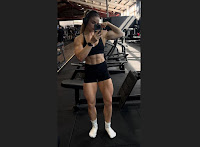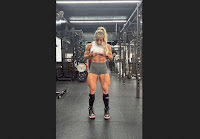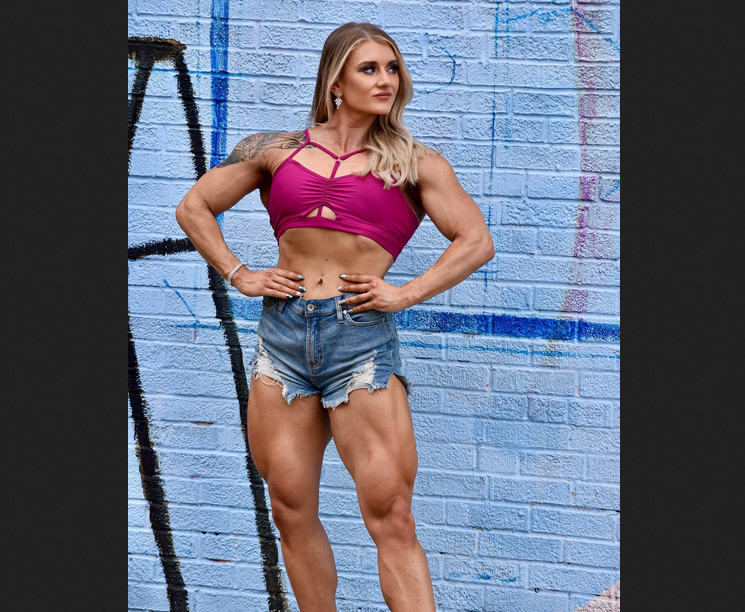Top 6 Most Important Muscle Groups You Are Neglecting
When it comes to workouts, most people focus on the mirror muscles—chest, biceps, abs. While these have their place, many crucial muscle groups are overlooked, often leading to muscular imbalances, poor posture, and increased risk of injury. Here are six of the most important muscle groups you might be neglecting—and why it’s time to change that.
1. Glutes
The gluteal muscles (gluteus maximus, medius, and minimus) are the powerhouse of your lower body. They stabilize the pelvis, support the lower back, and drive explosive movement like sprinting or jumping. Weak glutes can lead to back pain, knee issues, and poor athletic performance. Hip thrusts, glute bridges, and step-ups should be staples in your routine.
2. Hamstrings
Often overshadowed by quads, hamstrings are essential for knee health, hip extension, and injury prevention. Inactive or tight hamstrings can cause strain in the lower back and affect your gait. Include Romanian deadlifts, leg curls, and good mornings to keep them strong and functional.
3. Rear Deltoids
The rear delts are critical for shoulder health and posture, yet they’re frequently forgotten in favor of front and side delts. Weak rear delts contribute to rounded shoulders and poor posture. Rear delt flyes, face pulls, and reverse pec deck work are effective at targeting them.
4. Rotator Cuff Muscles
These small muscles stabilize the shoulder joint and are vital for overhead and throwing movements. Most people don’t train them until they’re injured. Incorporate external rotations with bands or dumbbells, and always warm up your shoulders before upper body days.
5. Calves
Calves take a beating daily through walking and standing, but they rarely get focused attention in the gym. Strong calves help with balance, explosive power, and ankle stability. Calf raises—both seated and standing—shouldn’t be skipped if you want functional lower legs and improved athleticism.
6. Core Stabilizers (Not Just Abs!)
Most people train the visible abs with crunches, but the deep core stabilizers—like the transverse abdominis and multifidus—are more important for spinal health and functional movement. Planks, bird-dogs, and dead bugs are far more effective than endless crunches for building real core strength.
The Bottom Line
Neglecting these muscle groups doesn’t just hinder aesthetics—it affects performance, mobility, and long-term joint health. Balanced training means targeting the entire body, not just what you see in the mirror. So next time you hit the gym, make sure you’re not skipping the essentials that keep your body aligned, strong, and injury-free.









































No comments:
Post a Comment